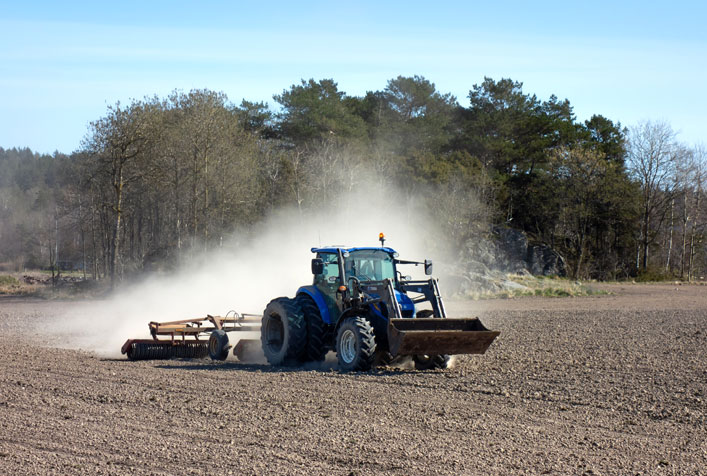Statewide Nonroad Diesel Equipment Emissions Inventory

Project Brief
The Challenge
Oregon’s Department of Environmental Quality sought to estimate air pollutant emissions from nonroad diesel equipment operating in the state. With over 90 equipment types covering a broad range of applications and ownership categories, this equipment presents unique challenges for emission inventory development and control assessment. Unlike onroad and large point sources, most nonroad sources outside California are not subject to registration or permitting requirements. This lack of information makes it particularly difficult to estimate equipment populations or to even identify operators for data collection purposes. Also, many types of nonroad equipment are used in multiple applications with different engine load and hours of use requirements, making it difficult to determine average activity profiles for a given equipment type. Finally, this equipment is often used in multiple locations over the course of a year, making surveys even more challenging. Accordingly, nonroad diesel equipment use is inherently complex, requiring a wide range of approaches and data sources to provide an accurate, precise, and reliable basis for equipment and emission inventory development.
ERG's Solution
ERG developed a cost-effective, multifaceted approach to address these challenges, based on over two decades of experience preparing nonroad inventories for California, Texas, and the U.S. Environmental Protection Agency, among others. ERG used a three-pronged approach to collect data for the study: conducting public fleet surveys (e.g., for the Port of Portland), performing random sample surveys of commercial equipment operators (e.g., for agricultural and logging operations), and working with stakeholders and other experts to develop industry-specific sector profiles (e.g., for highway and commercial building construction). ERG used EPA’s MOVES model to estimate emissions at the county level for 46 individual equipment grouping and operation scenarios. The Oregon DEQ will use the study findings to update their emission inventory and to inform and refine associated air quality models.
Client
Oregon Department of Environmental Quality